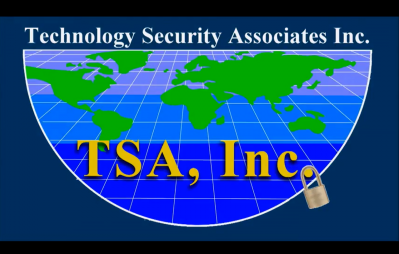Is Your Commodity Controlled? By Whom?


Still having trouble determining if your company’s commodity needs to be controlled by the Export Administration Regulations (EAR) or the International Traffic in Arms Regulations (ITAR)? Did you know a decision tool has been created to help?
The Department of Commerce (DoC), Bureau of Industry and Security (BIS) and Department of State (DoS), Directorate of Defense Trade Controls (DDTC) have each created a “Specially Designed” decision tool to walk an exporter through the steps of making a successful determination.
Export Control Reform has brought a standardized definition of the term “specially designed” for both the EAR and the ITAR. The term certainly relaxes the rules, but the complexity of the rules remains.
For items on the Commerce Control List (CCL), the definition relates to the determination of the Export Control Classification Number (ECCN) or EAR99 (no license required) classification. The term as defined in the ITAR essentially determines the jurisdiction of the items and whether they will remain on the U.S. Munitions List (USML) or move to the CCL.
The definition of “specially designed” is similar for both regulations but must be looked at separately to make an appropriate determination. Because many products have shifted from the USML to the CCL, if an exporter has solely dealt with ITAR-controlled products in the past, I recommend the ITAR “Specially Designed” tool as a starting point.
The structure/use of the ‘specially designed’ provision is the same for the CCL and USML – both utilize the “catch and release” method. Paragraph (a) is the “catch” provision (of many items) and Paragraph (b) is the “release.” Paragraph (a) seeks to control items that warrant.
For a product to qualify as “specially designed” it must meet all of the requirements of Paragraph (a) and NONE of the requirements of Subparagraphs to (b). It was much easier to explain what was NOT “specially designed,” therefore Paragraph (b) is very detailed in its inclusion of parts, components, accessories, etc.
In an effort to eliminate discretion from companies and subjectivity, several other key terms are now defined as notes within the “specially designed” definition. Other defined terms include: commodity, production, and development among others.
In Paragraph (b)(3), there is mention of “equivalent” form or fit. Its worthy to point out that “equivalent” here means that the “form has been modified solely for fit purposes” and also important to note that the “fit” can change as long as it doesn’t change the performance capabilities.
With regard to Paragraph (b)(4) and (5), the term “knowledge” actually means that the said “knowledge” during development must be in writing. While this isn’t stated outright in the definition; clearly looking into the mind of the original designer or intent of an item at conception is difficult, therefore records must be kept.
If, after going through the “Specially Designed” decision tools, there is still uncertainty about a commodity classification the exporter can still choose to file a Commodity Jurisdiction (CJ) request through DoS or Commodity Classification Automated Tracking System (CCATS) with DoC.
See my previous post on CJ requests. The purpose of the “Specially Designed” tools is to assist exporters with eliminating the need for a CJ or CCATS.
A strong understanding of the new rules and definitions coupled with the Tools that have been provided assist exporters in making solid and confident decisions about proper commodity classifications.
Useful link for the DoS DDTC Specially Designed Tool.
Useful link for the DoC, BIS Specially Designed Tool:
Link to ITAR 120.41, Definition of Specially Designed.
Link to EAR772.1, Definition of Specially Designed.
The DoS DDTC has a very useful link for a Commodity Jurisdiction request.
The DoC, BIS has a very useful link for Classification requests.
Need help with export controls? TSA Inc. can help!
Heidi France is a Lead International Trade Specialist, Technology Security Associates, Inc.
Email: [email protected]
Contributor: Jackie Sudore-Flood, Director of International Programs, Technology Security Associates, Inc., Email: [email protected]






















